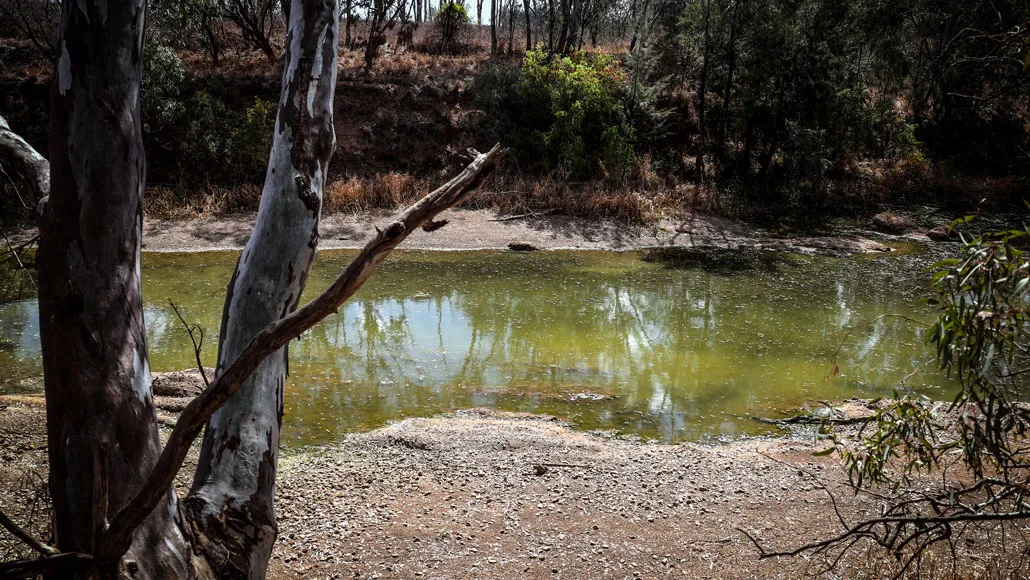
A drought in 2019 reduced water flow in the Gwydir River near Moree, Australia (shown). A decade earlier, the Millennium drought from about 1997 to 2010 drove many of southeastern Australia’s rivers into a longstanding low-flow state. As of 2017, many of the regions’ rivers still showed no signs of recovery.
David Gray/Getty Images